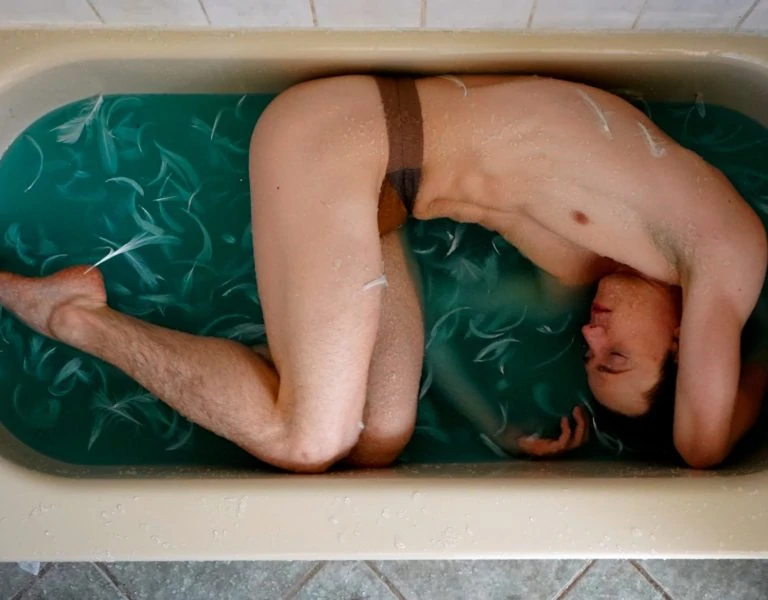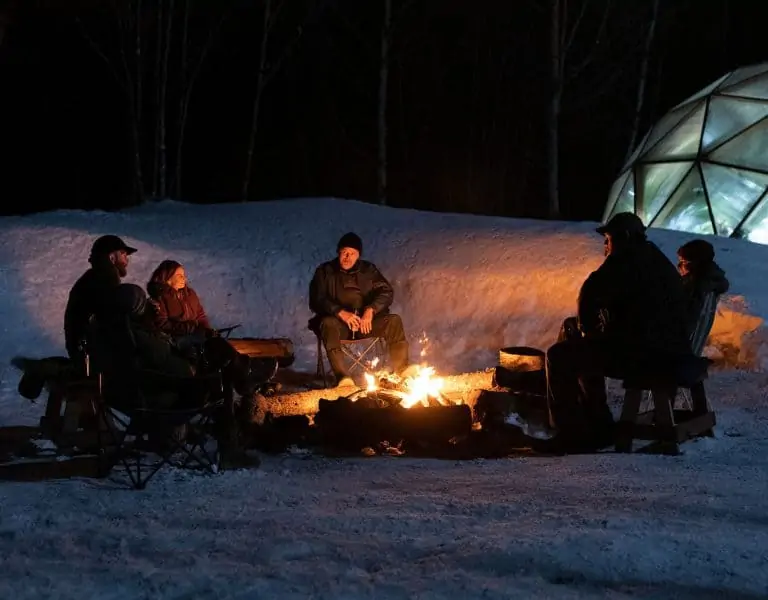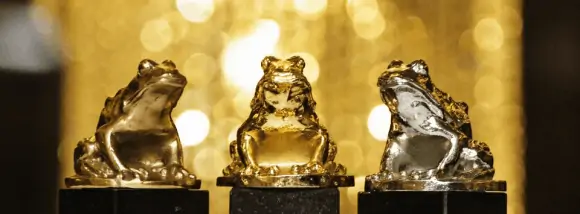A Return To High Office
Across The Pond / Mark London Williams
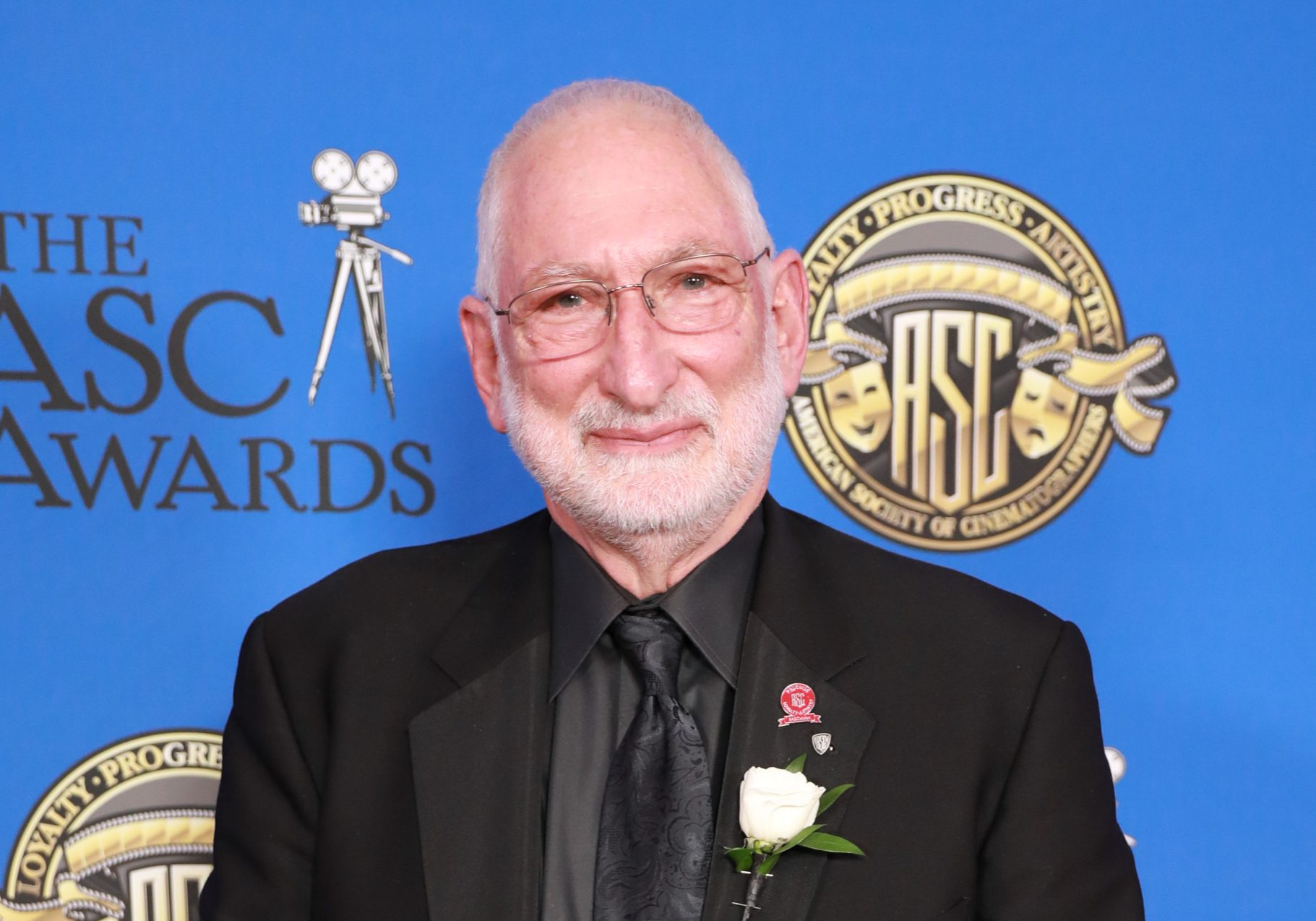
A Return To High Office
Across The Pond / Mark London Williams
It is of course election season in America, and many have wondered, "could someone who previously occupied those same corridors of power be returned to high office?" We refer, of course, to the recent elections for ASC officers, which found none other that Stephen Lighthill returned to the august group's Presidency, a position he previously held in from 2012-2013.
Lighthill had more recently been VP, and his replacements in the three vice-president slots are a more diverse-than-usual trio of Amy Vincent, Bill Bennett, and John Simmons. But of course, it is hoped that diversity will become the new "usual," along with additional protocols for set safety, and other such considerations, all of which we were able to talk to the avuncular Mr. Lighthill about, via one of the many quarantine conference calls that are themselves part of the new "usual."
Although to clarify, when it comes to safety procedures and the Hollywood "White Paper" developed by numerous guilds, Lighthill mentioned that was more the role of Local 600, the cinematographer's guild, than the ASC's, but there would necessarily be overlap, particularly with the Society's Future Practices Committee: "It's a bit like our technology committee. It's an open forum for everyone to come together with cinematographers, to talk about how we modify our equipment and keep everybody safe... that's our voice out in the community right now."
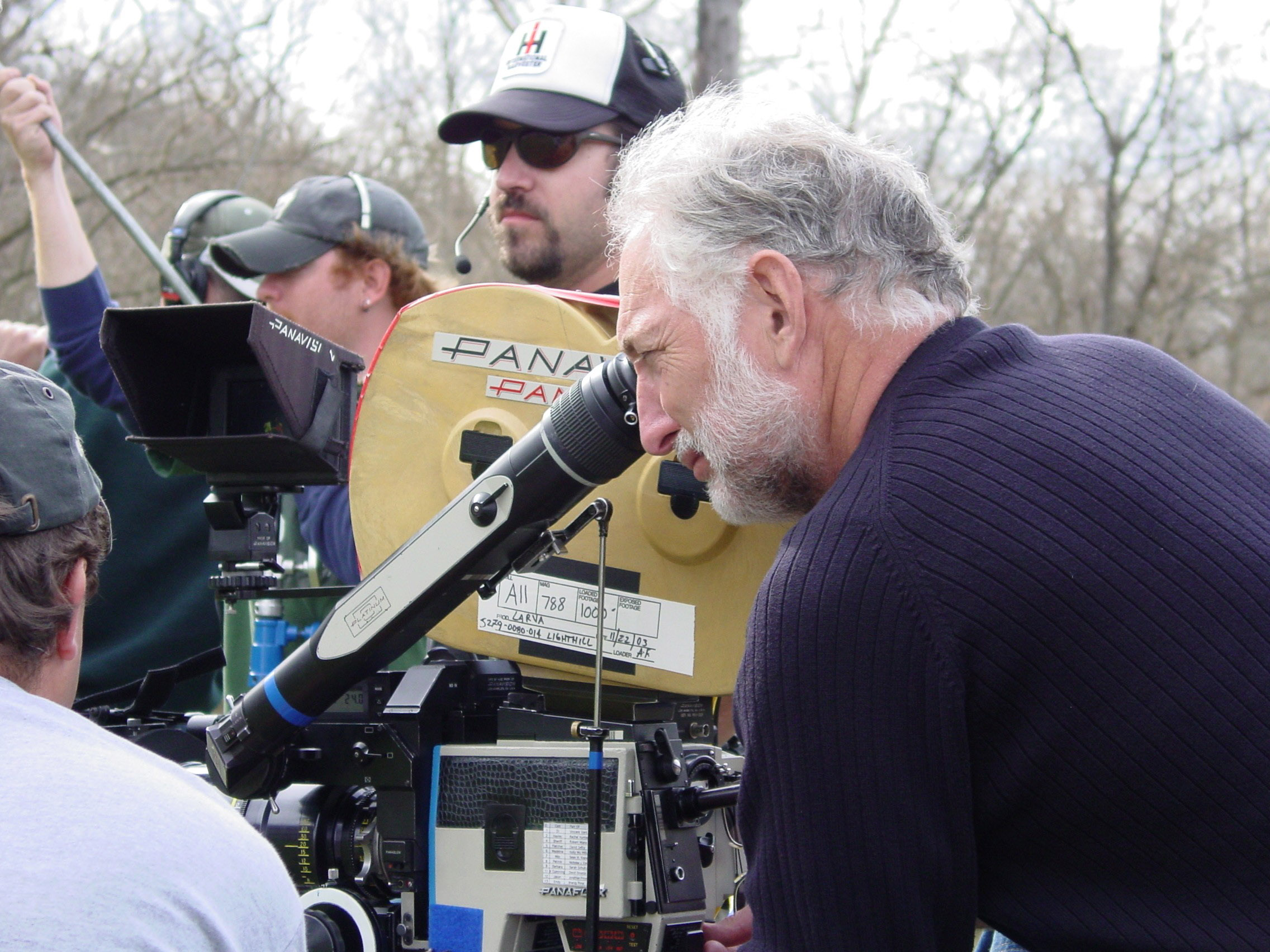
As for the community of DPs, the venerable ASC clubhouse is closed -- Lighthill was the only one there when we talked with him.
"We're going online with everything," he told us, including interviews with potential new members, early discussions of likely award nominees, and even our colleagues' work on American Cinematographer magazine, which, despite "everyone working from home" on the publication side too, is looking at its own 100th anniversary issue towards the end of summer.
As for what lays beyond summer -- namely award season, well, the Oscars have already announced an official delay, and as for the ASC's own annual kudos, traditionally held at Hollywood and Highland, Lighthill says "1700 people jammed into a ballroom -- that's not going to happen."
But that doesn't mean they're entirely sure what will happen, either. "We're considering our options," he notes. "But we will have an awards event -- even if it has to be strictly online." Another possibility he mentioned was a hybrid of streaming it for a larger audience while the actual, and considerably downsized, show -- in a return to its original Gregory Peck-hosted roots -- was held at the Clubhouse.
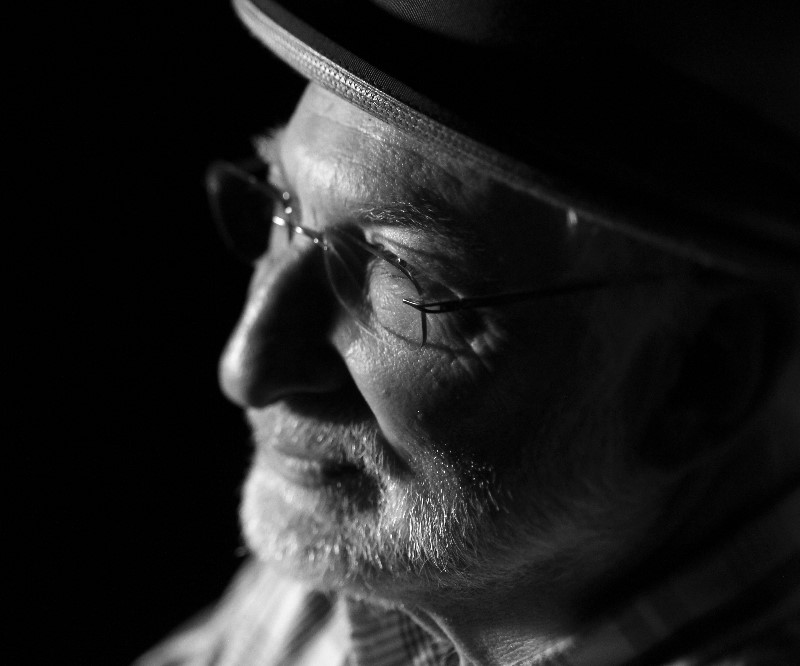
And while the "A" in "ASC" has always stood for "American", the membership is anything but that strictly defined -- the key criterion being one's talent. (Indeed, on that note, outgoing President Kees van Oostrum is slated to be the new head of IMAGO, the International Federation of Cinematographers). Lighthill mentioned that, while the pace of new members remains steady, he was particularly excited about "new members from China."
The group's international reach extends to its teaching mission, as well. Lighthill said that they're developing online versions for their vaunted "Master Classes," taught by members passing along their skills, and ventured "there are master classes we can safely do in other countries" that are not suffering through the same pandemic mismanagement as the U.S.
At the moment, though, they would have to be taught by international members who can get to those countries, since travel for U.S. citizens is increasingly, and understandably, being limited.
As for priorities during his term, Lighthill said he'd also like to "create a master class for masters. So our talented and hardworking members can be ready" for the constant changes in technology, which of course will likely mean increasingly numerous ways to work remotely.
In addition to those cinematographic equivalents of Fulbright scholars, he also calls "diversity in our membership is a top priority and diversity in our outreach. Transparency in our governing."
And while he allows that "we've had a history of being a society that doesn't speak to its members as well as it could," he also allows that "people are ready and willing to help."
Hopefully, all who want to will get the opportunity, in the uncharted weeks and months ahead.
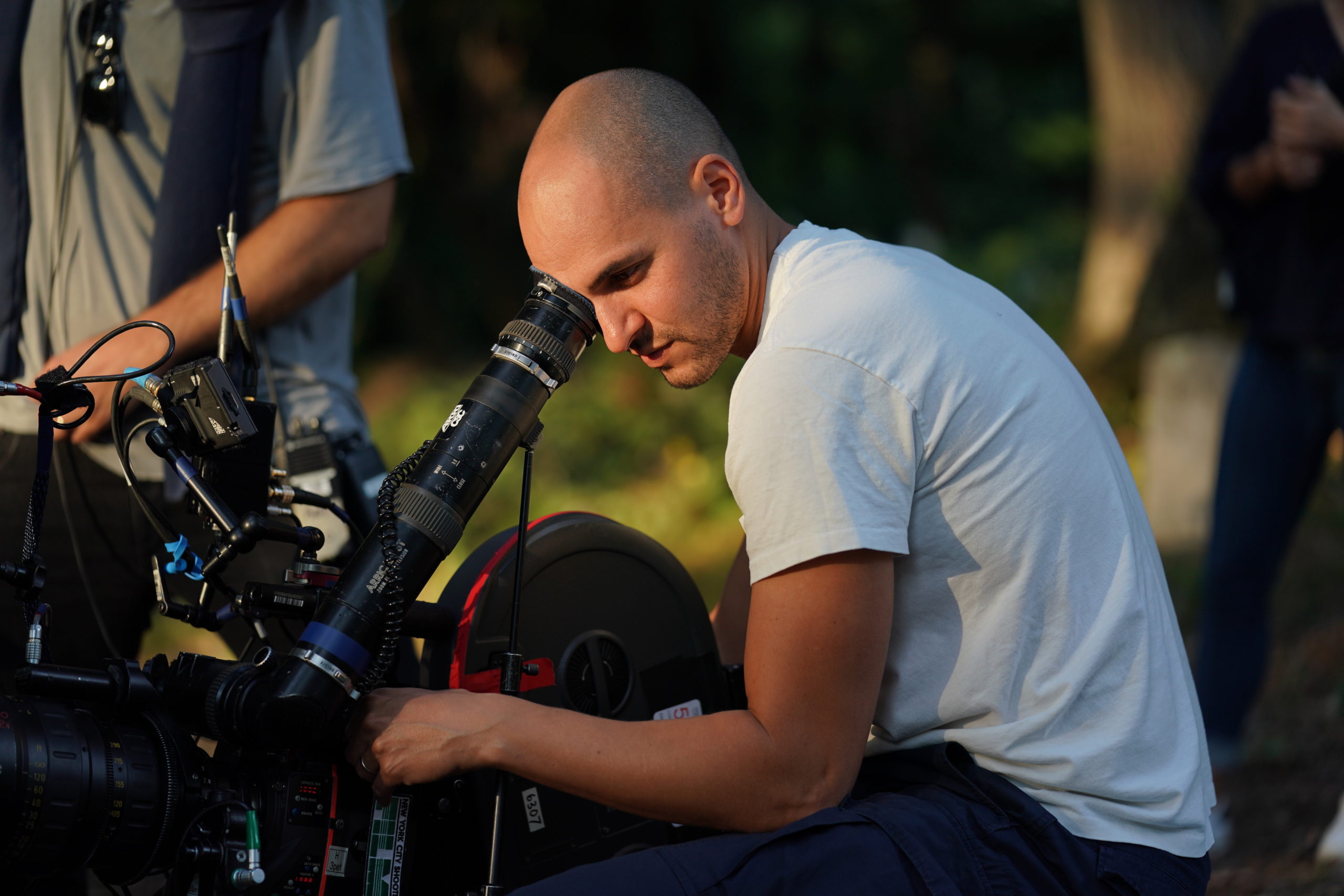
As for the dramatic possibilities in being ready to help -- and in refusing help offered -- cinematographer Jody Lee Lipes helped director Derek Cianfrance explore them in HBO's just-concluded I Know This Much is True, an adaptation of the Wally Lamb novel, with Mark Ruffalo playing a pair of twins, struggling to uncover their family's unspoken secrets, even as their lives continue to be affected by them. Ruffalo is both the schizophrenic brother, in and out of institutions after incidents of self-harm, and the brother who, in ways both spoken and not, commits his life to caring for him.
Lipes used 2 perf 35mm to shoot, which had to be pushed "dramatically" to accommodate the network's widescreen ratio, all of which, as it turned out, "really added to the look by increasing film grain, and the overall softness of the image. Aesthetically we ended up with something that looked halfway between 35mm and 16mm, which was perfect for the time period of our story."
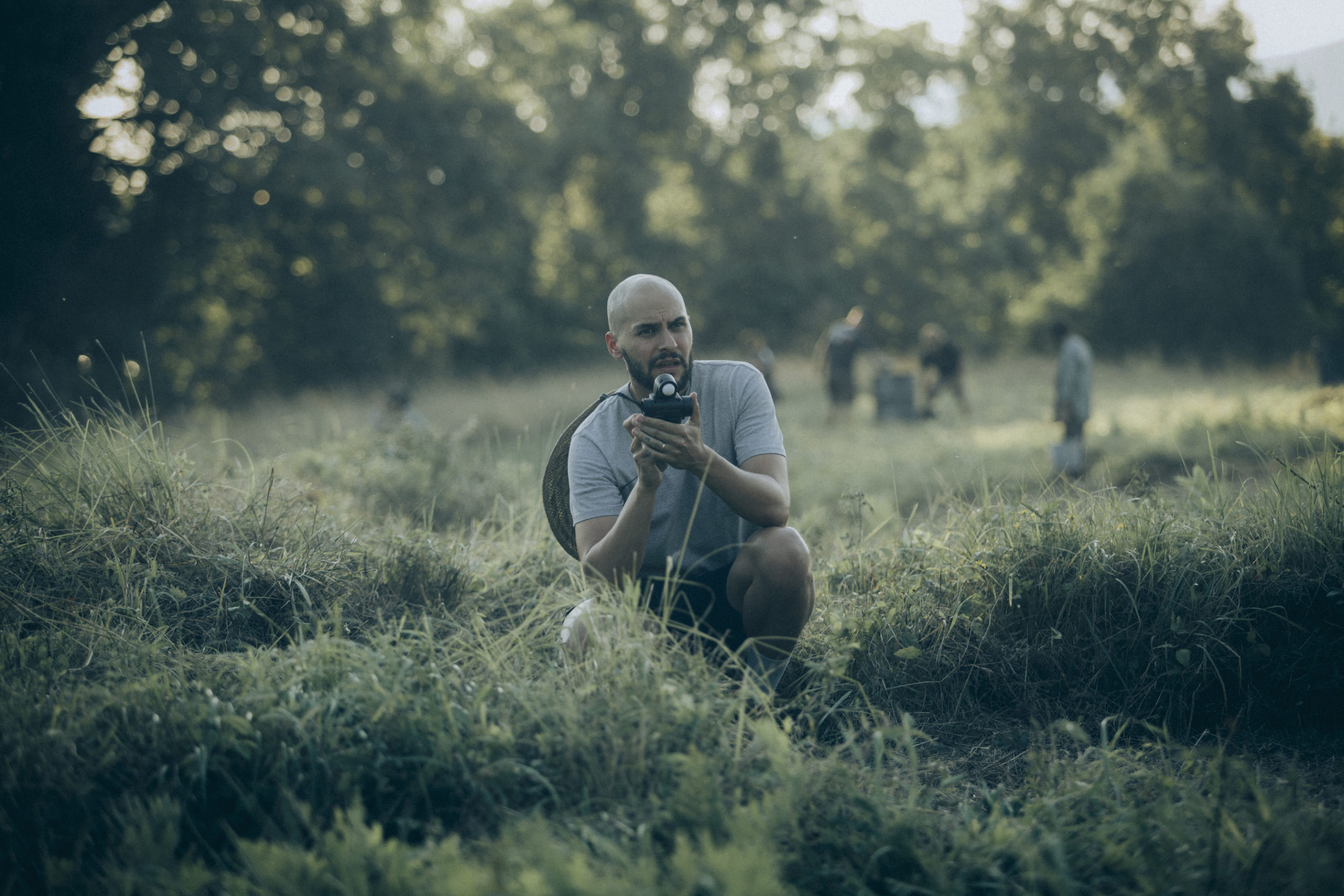
And that period was fairly sprawling, taking in most of the 20th century, with flashbacks and revelations included, through the 1990's.
From a performance standpoint, however, they worked almost as if they were shooting digitally: "The majority of the time we'd roll an entire mag," Lipes says -- about 22 minutes' worth of film. Which makes sense when you consider the script yielded things like "a 19-page dialogue scene on day one of the shoot."
Cianfrance, he said, worked "like a combination of Cassavetes and Altman," with little preplanning, but trusting his actors in "finding the pieces that work -- you're fishing for those beats."
They would do that by casting their proverbial hooks early, "rolling the camera as the actor would walk in (to the set) for first time, in real life."
That camera being an Arricam LT, with Cooke S4 Prime Lenses, and Angenieux lenses for the zoom work.
Lipes felt quite happy with the final result, noting that "low resolution images can be beautiful in a 4K space."
But the question might be what is going to become of that "4K space" in the seasons ahead, in terms of more possible demands on DPs and other creatives.
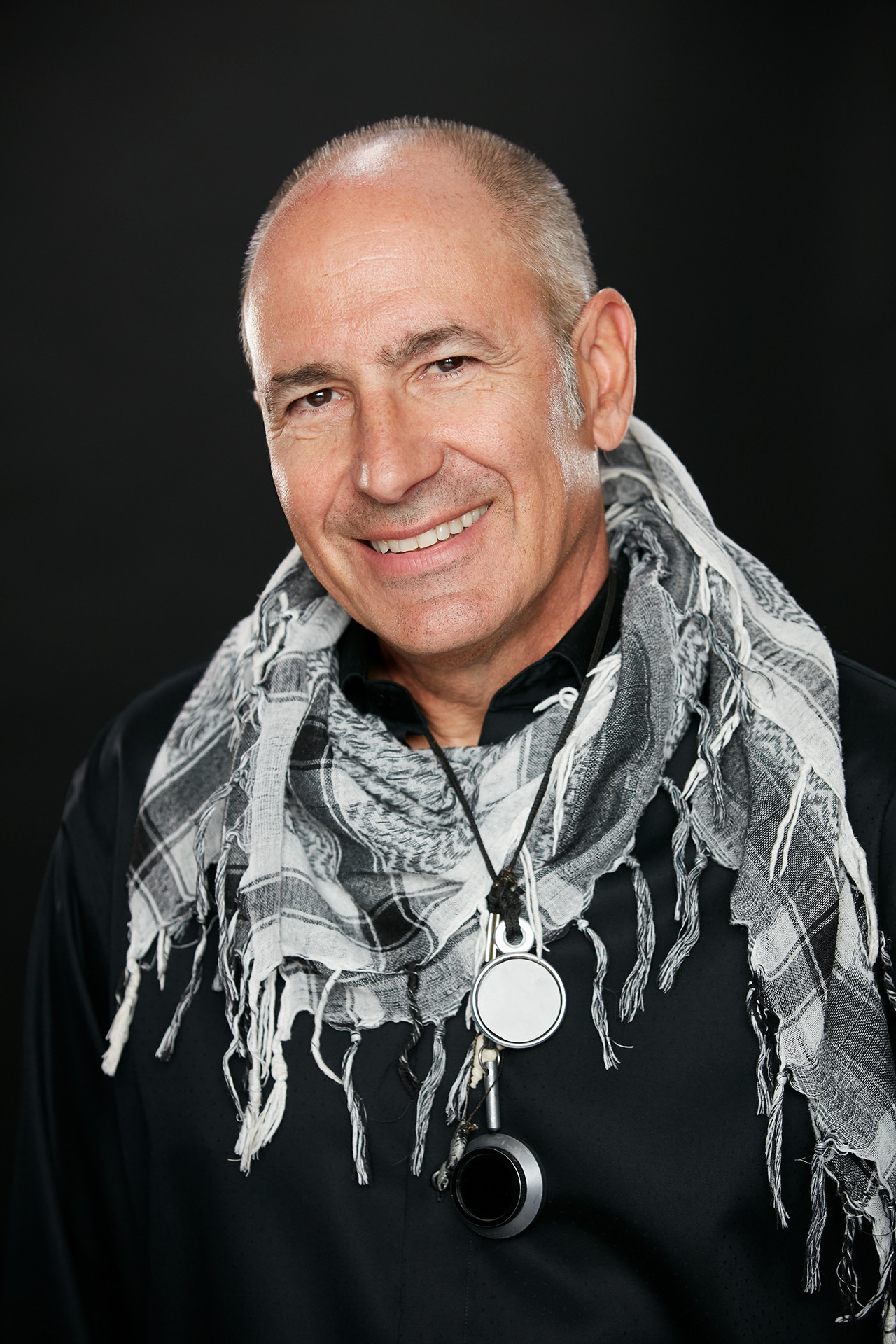
Cinematographer Anastas N. Michos, who shot the TV series Ambitions, and features like The First Purge and The Kissing Booth, thinks that "with larger TVs being produced, 4K is the big selling point. Add to the mix that one of the largest content producers, Netflix, mandates it, 4K quickly became the standard, even if the story demanded a different look. Of course in the indie world it's the filmmakers' choice as to what medium and format they shoot -- until it becomes time to distribute. This is not a new phenomenon -- filmmakers faced the same issues with the advent of sound and color.
"At least the camera manufacturers have caught up with these mandates, so that the camera choices for the cinematographer are now more varied."
Though the choices may not be varied not in retrospect. When it comes to the remastering of older work for viewing on a streaming platform, Michos notes ruefully that "like a painting, once it's done, the owner can do with it what they like. Hang it upside down, paint over it, or slice it in a triptych."
Though sometimes, if you're lucky, your painting can become its own TV series. Such was the case for Swedish artist Simon Stålenhag, whose dyspeptic, surreal science fiction imagery became the basis or Amazon's highly-regarded Tales from the Loop. Oscar-nominated Jeff Cronenweth, ASC, has been helped these canvases come alive as the DP for the series' initial installment, The Loop. As for his own glimpse into the future, he says "it would make sense to assume 6k HDR presentation will be just around the corner as distributors chase a more immersive experience for audiences. As is, I predominantly shoot 6k and occasionally 8k now regardless of the project, film, television, commercial or music video. Ironically as cameras evolve and continually raise the bar in ISO, resolution and color science, the opportunities expand but the challenge, as storytellers first, becomes keeping the images tangible, tactile, something that you can feel and relate to (while) never losing the humanity through the new technology."
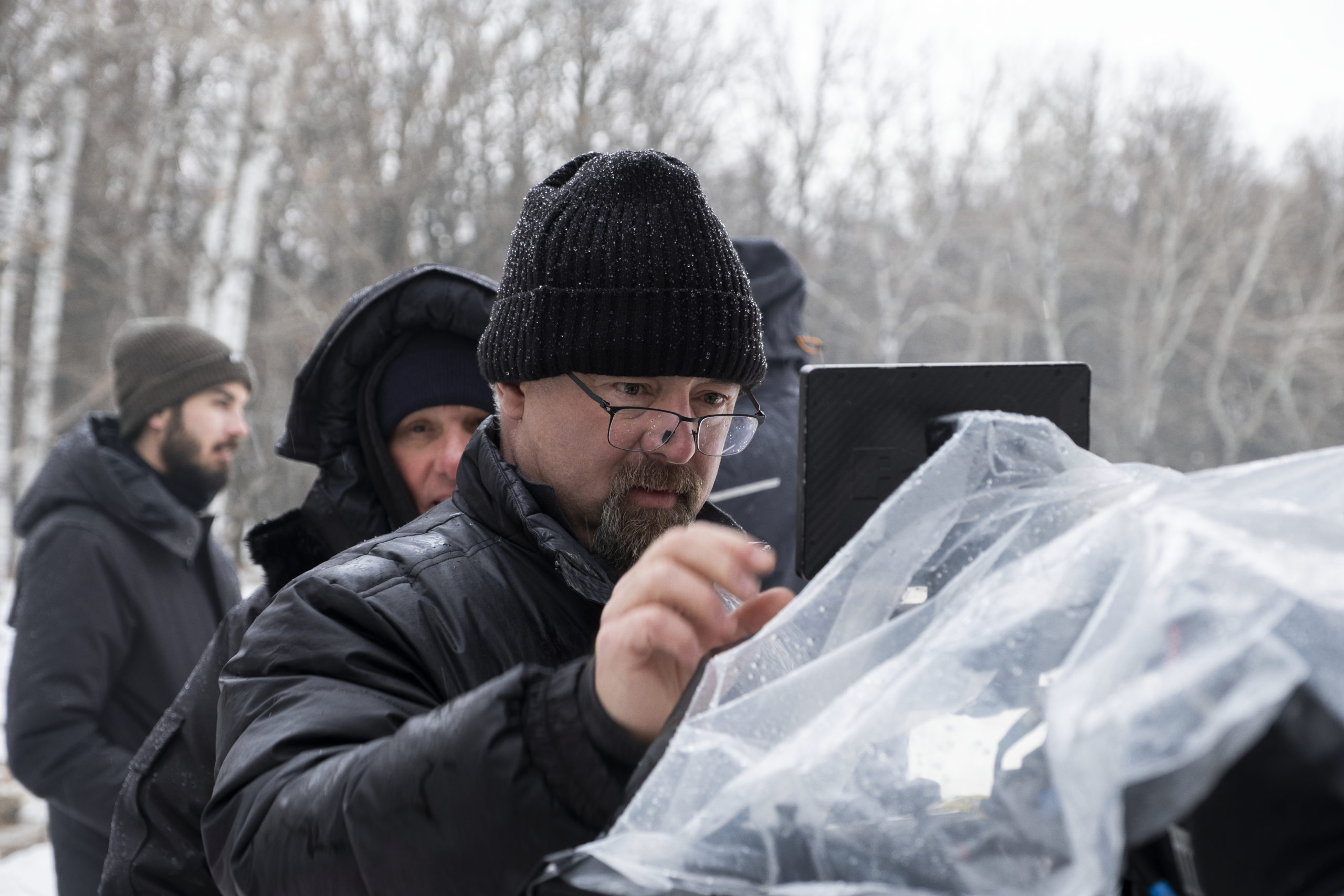
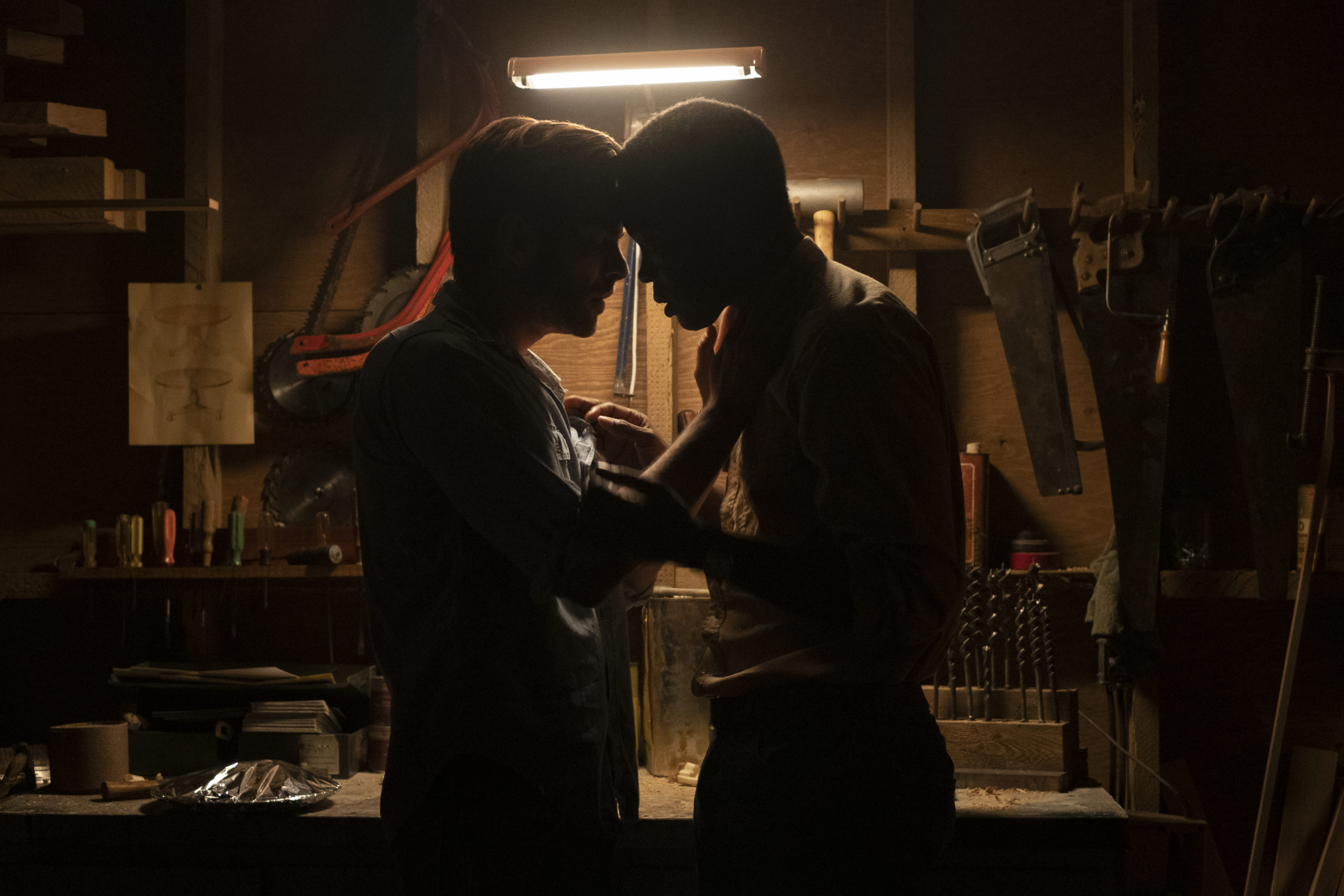
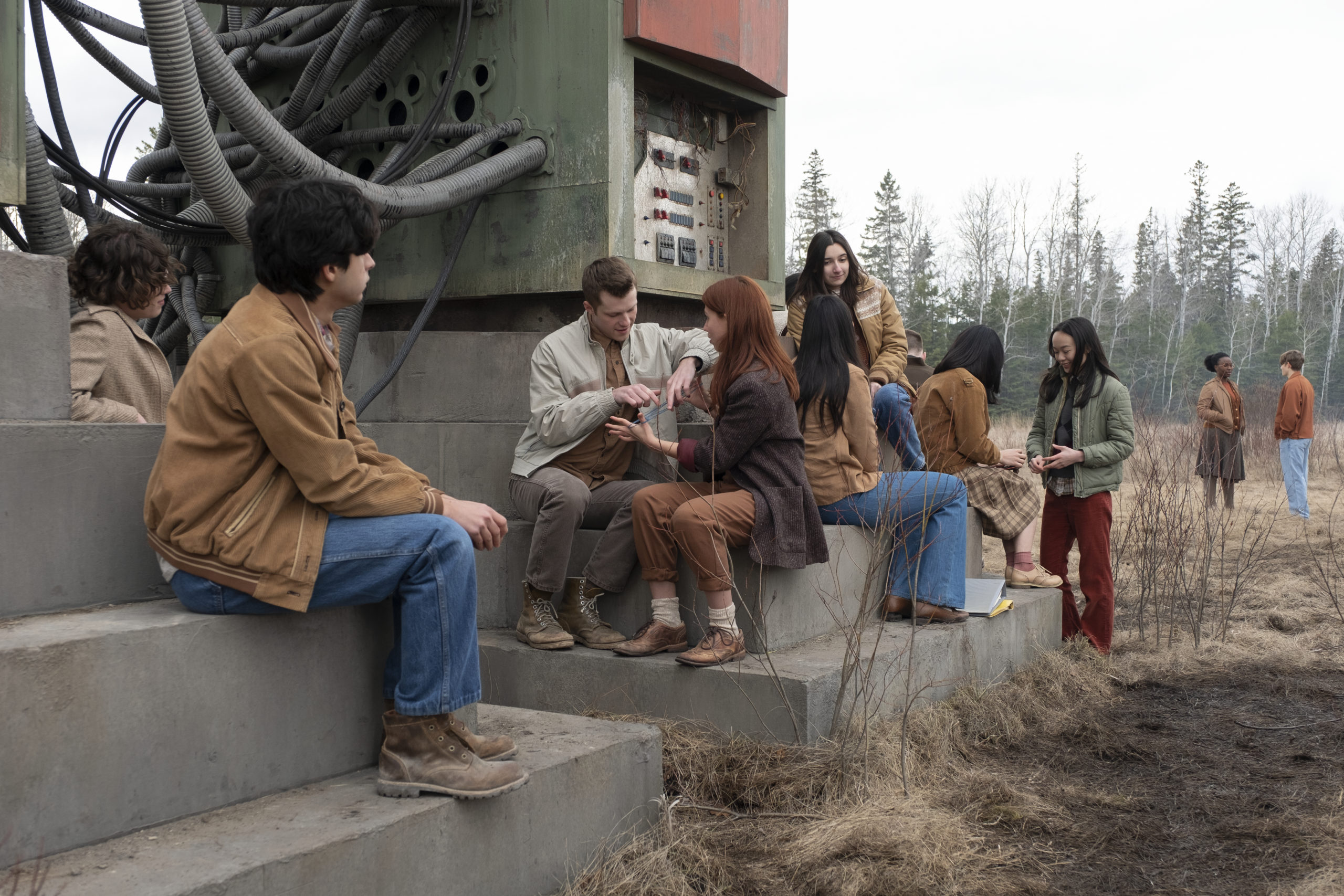
Which echoes a bit what Mr. Lighthill was saying when we came in: "We've always been part of a very dynamic industry in which technology has played a very big role," as he acknowledged that "production techniques have changed." But with our own real-life science "fiction" of the spreading pandemic, he also says that a lot of people think a fully rendered film, like The Lion King -- essentially animation that appears as live action -- "is the template, and everything's going to be that way in the future."
But that also involves more than just advanced cameras -- rather, "a huge turnkey technology, where the stage has the capability to do what you need to do," including streamed live LED backgrounds, perhaps "real time" VFX, and more.
But we're not there yet. And as Lighthill adds, "it's not a solution for the public health crisis we're in."
More on that when we see you again toward the Dog Days of August. Be -- and stay -- well. @TricksterInk AcrossthePondBC@gmail.com


